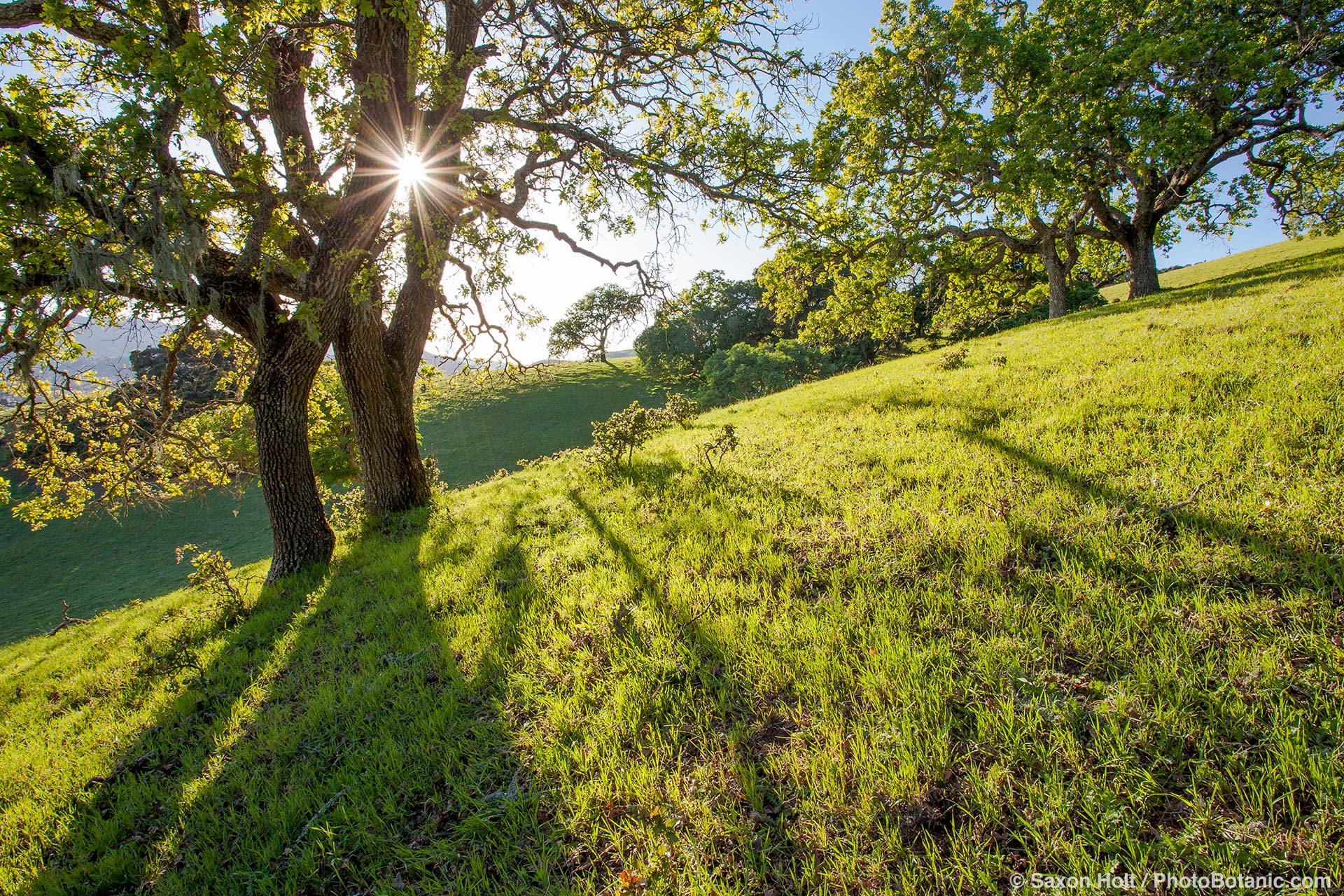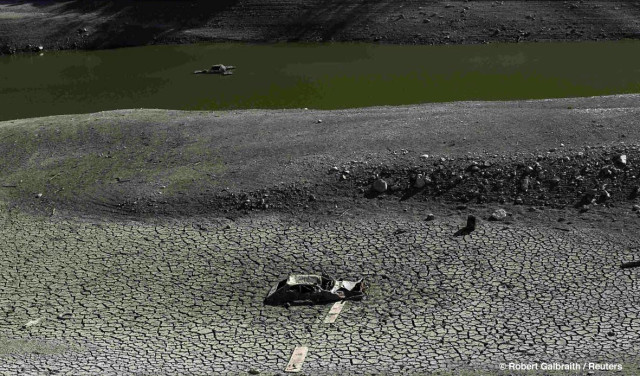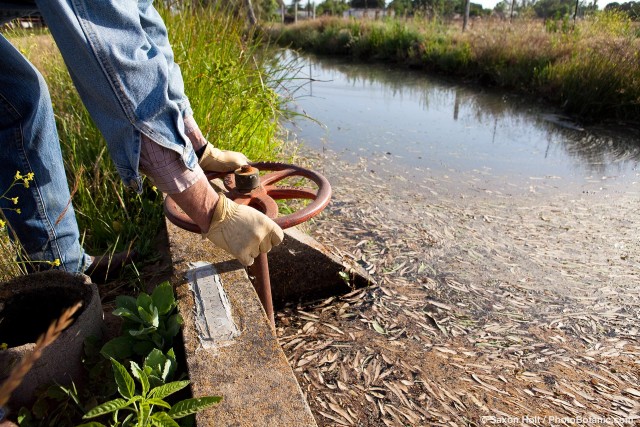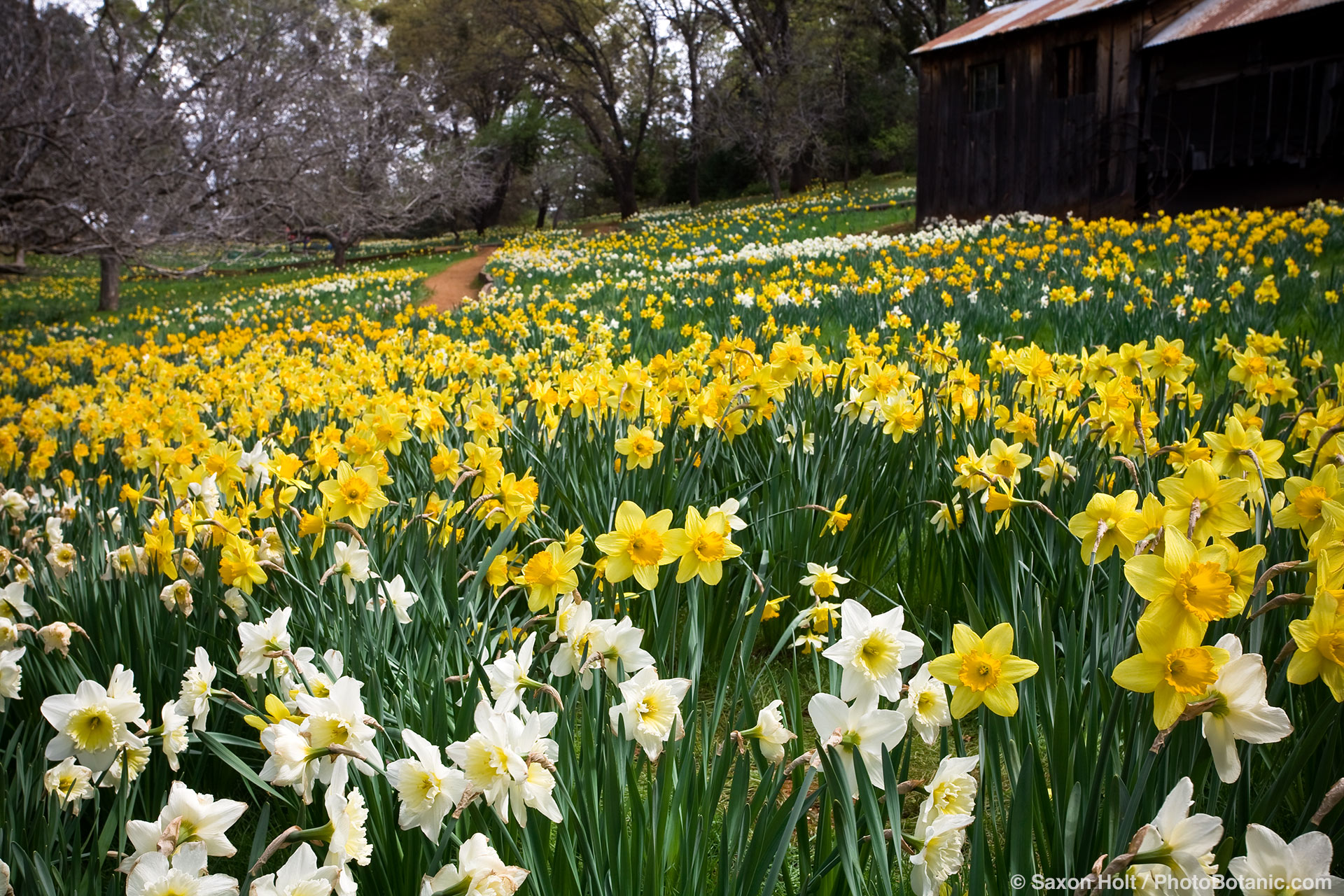All winter, the headlines have been dominated by the harsh winter weather throughout the East. In New England snowfall has been measured by feet instead of inches, the nations’ capitol was shut down, freezing weather made its way into the deep South.
Easterners longed for the sunny, dry, unseasonably warm weather in California, which is the midst of an epically harsh winter, perhaps the worst ever. According to official records, the snowpack is dismally meager, the lowest on record for this time of year.
The California Department of Water Resources March 3 reports “Manual surveys of 180 snow courses this year reveal even less water content – just 13 percent of the early-March average, the lowest in DWR’s records for this time of year.” It is now the fourth year of drought, four harsh winters in a row.
California is a summer-dry climate, sometimes referred to as mediterranean, where dry summers are not drought, they are normal. Dry summers are not a problem, but dry winter surely are. The corollary to summer-dry is winter-wet when rains are supposed to replenish the water table and store the liquid gold in the mountain snowpack, to slowly melt and refill the reservoirs.
We have not had good winter rains for four years, and it is getting worse.
Since this is a garden report I will not get into the politically charged battles over who gets the little water that will or won’t flow in the rivers. The Valley farmers and river fisheries, the urban industries and suburban gardeners, environmentalist and developers, all have legitimate claims and no one is happy.
But no matter how anyone looks at it, this is winter is very harsh and hidden from daily view. Gardens look pretty normal for this time of year.
For responsible gardeners, the ones who have long lost their lawns and installed drip irrigation, who have planted summer-dry and native plants, the continued winter drought means now is the time to water.
We will surely be asked, perhaps required, to cut back our watering again this summer. I strongly suggest watering deeply now when the plants most need it.
Deep watering now, when the natural wet cycle protects summer-dry gardens, is necessary because this is the time when the soils are like sponges and can best accommodate the moisture. It is also the best time to draw municipal water when demand is not as great as it will be in the summer.
Gardens, and I speak of my own garden, can not get through another summer of cutbacks. I have been cutting back for the past three years and plants are already stressed and dying. I am watering deeply now; now before the inevitable warnings that will come this summer.






